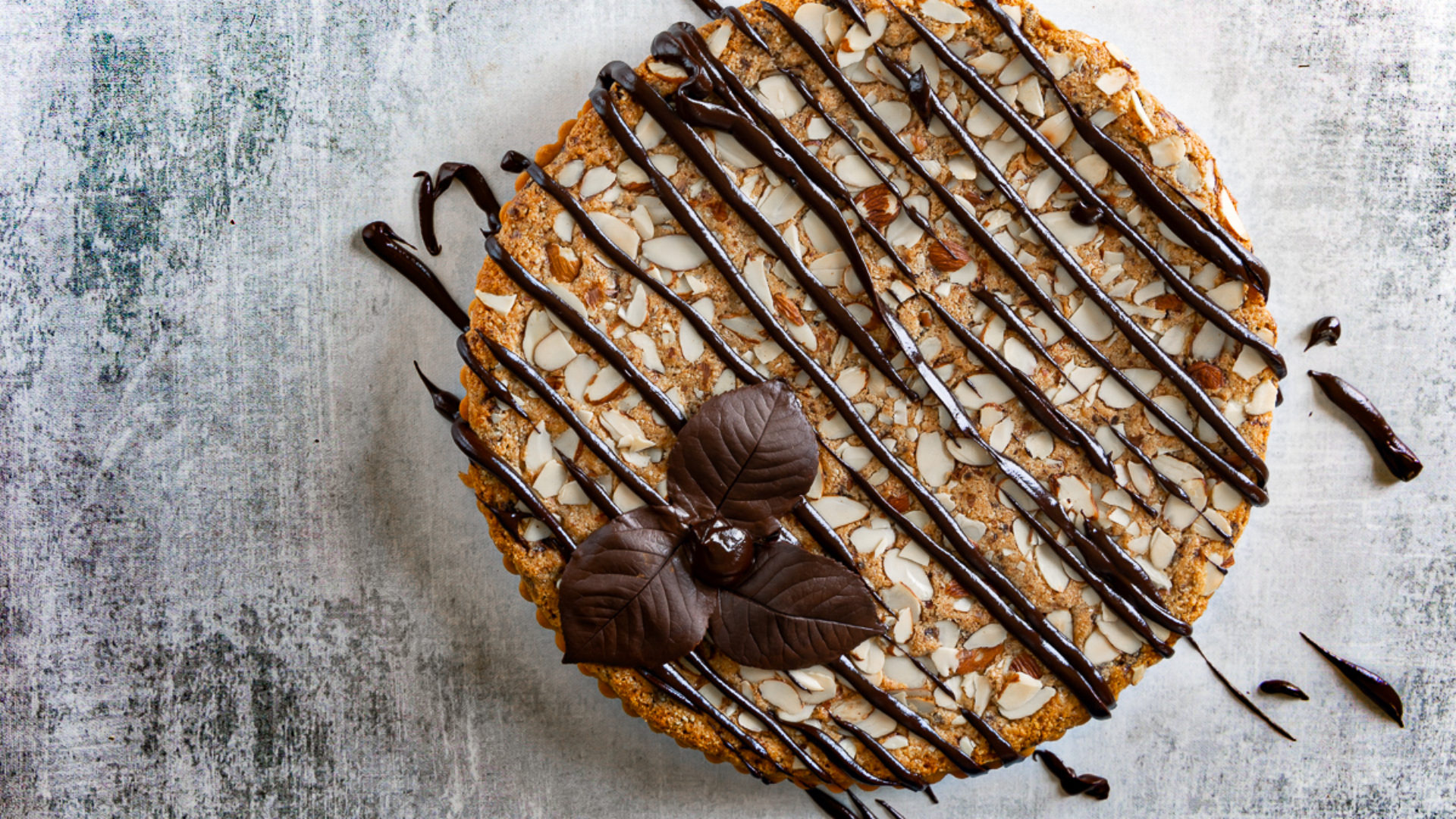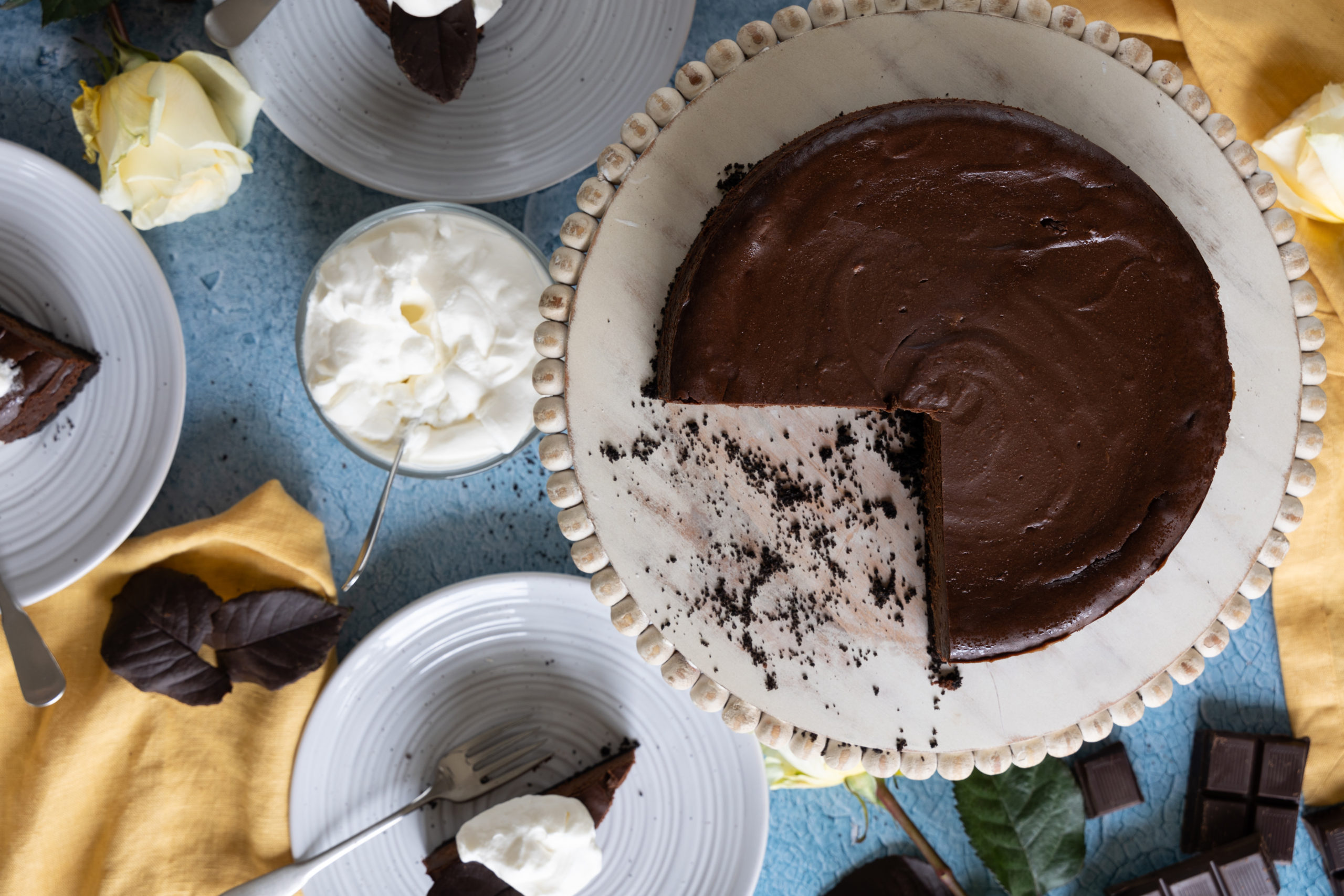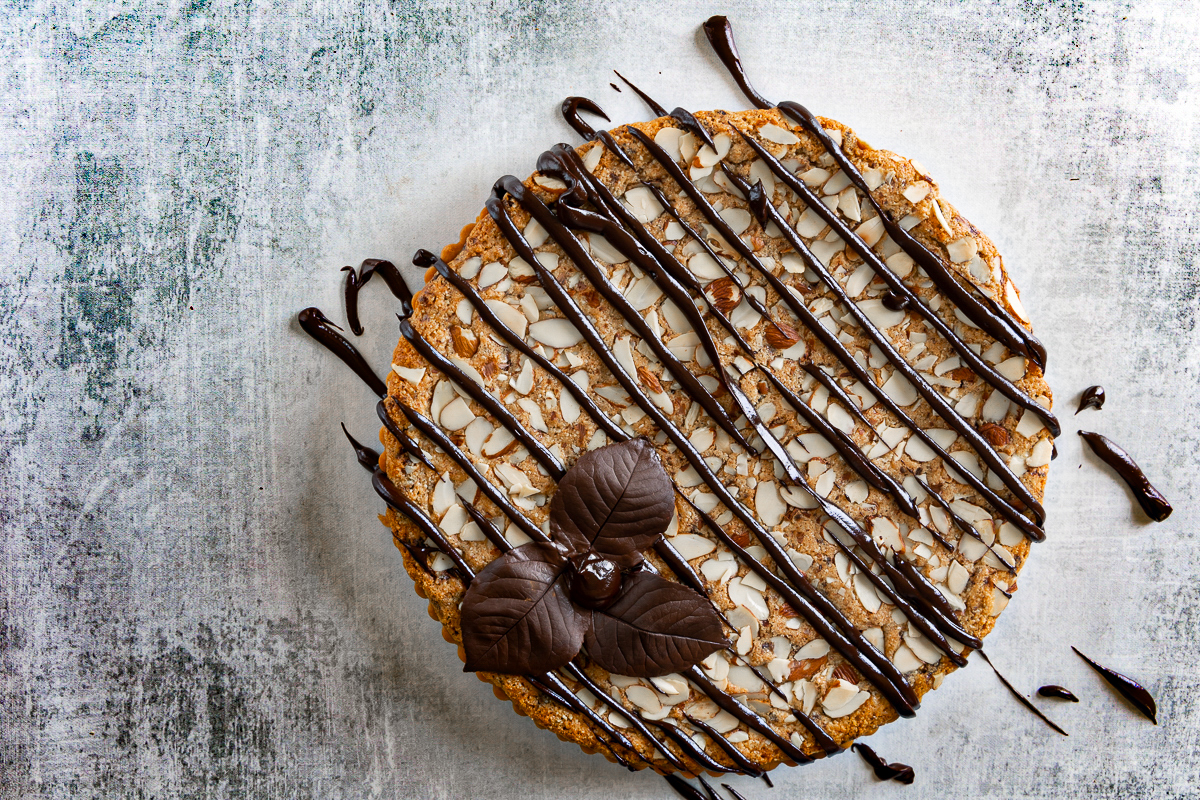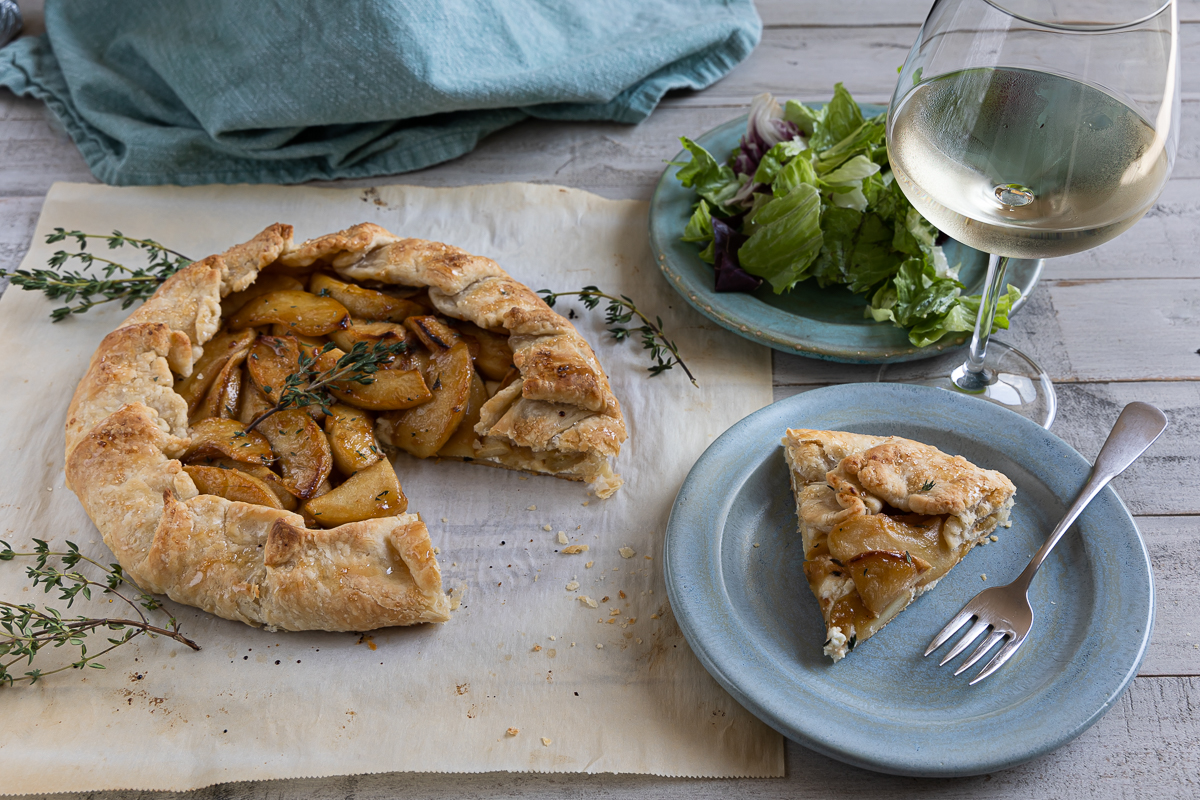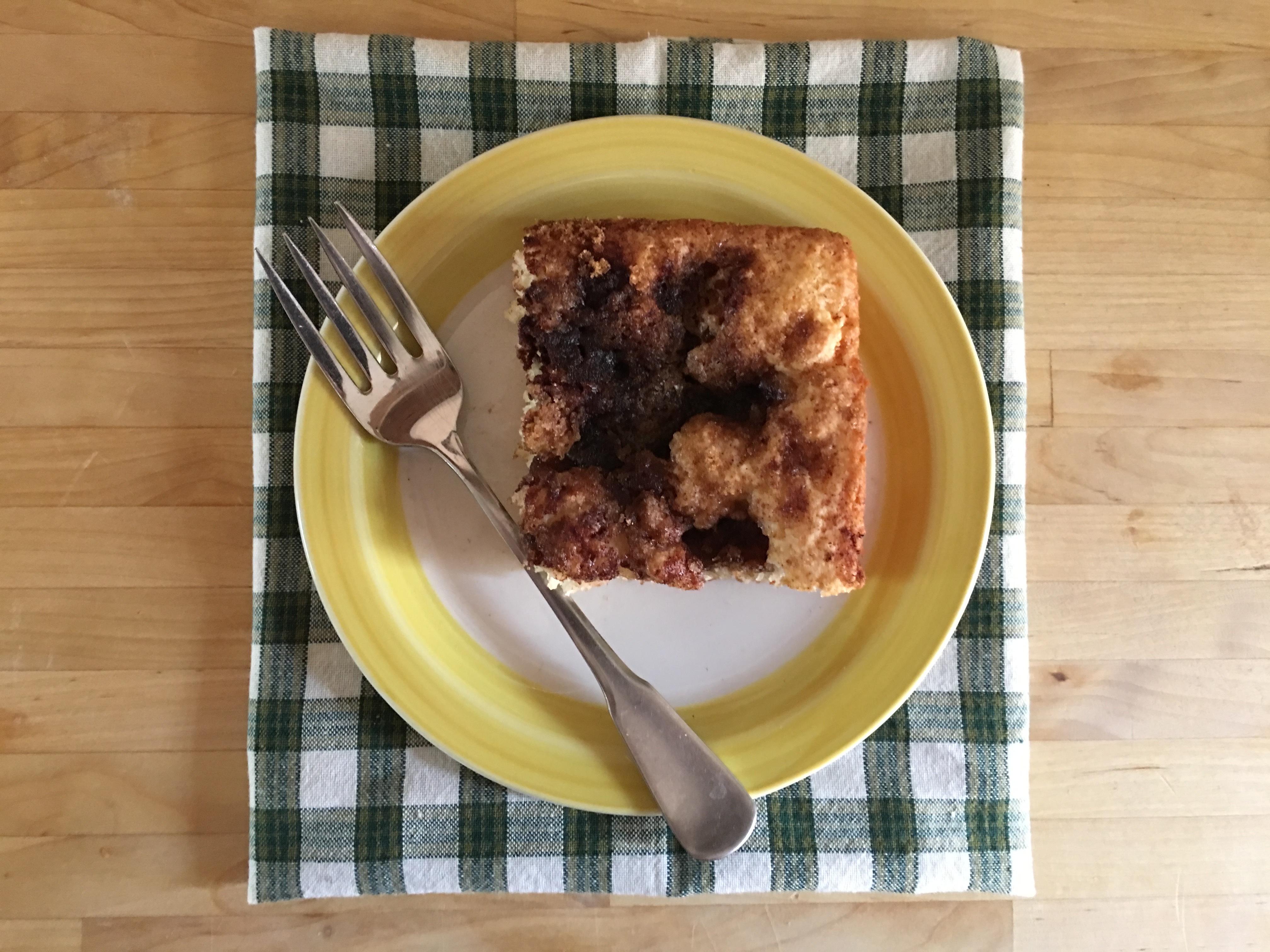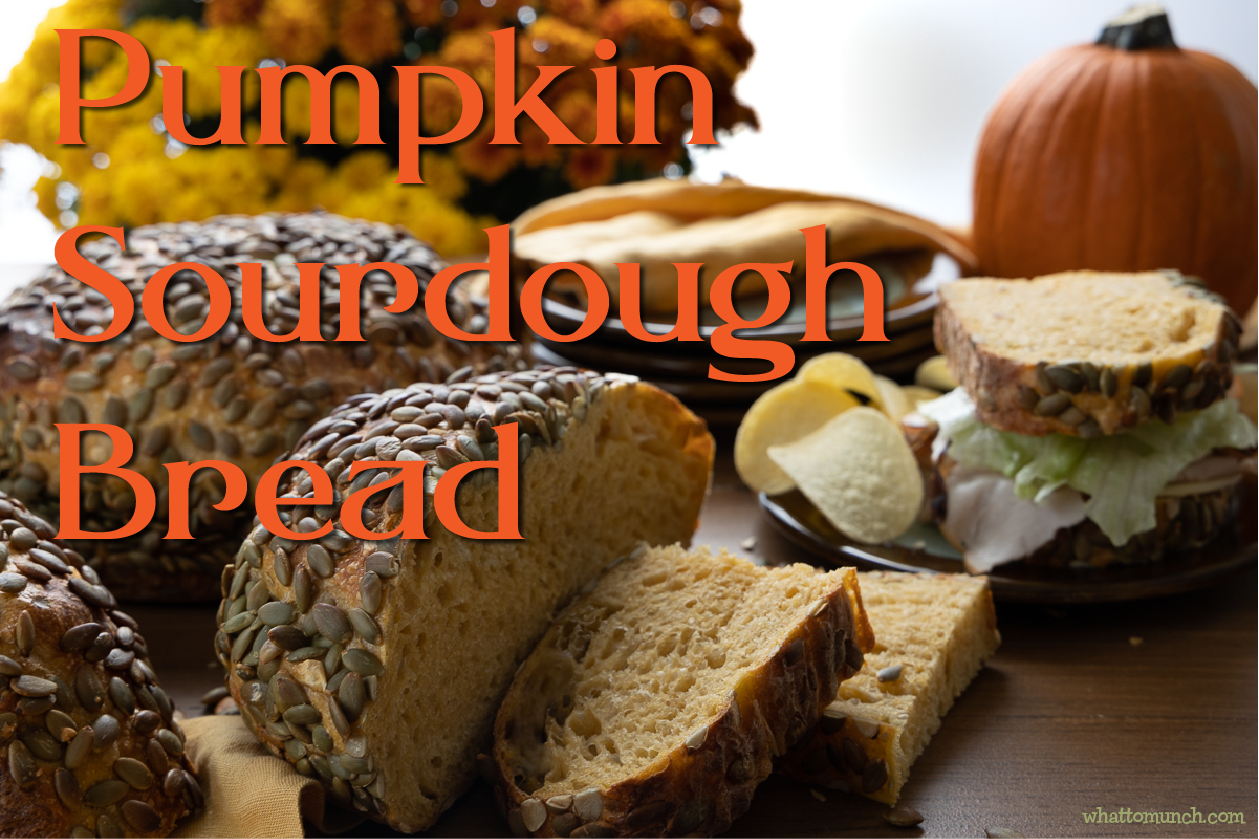Pumpkin Sourdough is a delicious way to expand your sourdough baking. These loaves are not sweet but are wonderfully fragrant with pumpkin and coated in crunchy pumpkin seeds. I was making some pumpkin bread the other day and had about a cup of pumpkin leftover. So I decided to see if adding a bit of pumpkin to my sourdough recipe would create a fabulous fall-flavored bread. I wanted to have a sourdough bread that I could use for sandwiches, one that wasn’t sweet but had the subtle essence of Fall. The result is absolutely fantastic. This bread is nice and moist, has an incredible crunch with the Pepitas (pumpkin seeds) and the hint of pumpkin in all the right ways.

Baking sourdough can be a bit tricky sometimes, as the dough can be very persnickety. This bread recipe is a bit on the difficult side. It is quite a wet dough, and for me, it rose very quickly. I usually like to let the dough rest for 24 hours or more, but at 12, this was ready to bake. I was worried it wouldn’t bake up right, as it was so soft. But it baked up perfectly. The seeds made it really hard to score the loaves, so I ended up not scoring them, and they still rose up great. As with all my sourdough recipes, I have tried to write out all the steps I took, and even though it is pretty long, I hope I have inspired you to try and branch out to make some fun sourdough versions. If this is your first time making sourdough, I have loads of recipes, from starting your own starter to a great simple loaf of sandwich bread. And my favorite Korean chili paste boules is a not-to-miss recipe. Search on my site for sourdough.

I am really impressed at how fantastic this bread turned out. It makes such great sandwiches and even tasty just with some butter and jam. I used a couple of different Dutch ovens to bake my boules like these from Lodge. Pepitas (or raw pumpkin seeds) can sometimes be hard to find. I had to ask several people in my grocery store before finding them in the natural foods section near the produce. You can find them also on Amazon Here. (I get a small commission at no cost to you from Amazon. If you use any link on this page, please consider helping fund my food journey.) These Pumpkin Sourdough loaves are definitely worth the effort for someone looking for a fun fall sourdough project. I hope you try and make these beautiful loaves of goodness.

Wow, another week has gone by! I hope you are all staying safe and happy. Please consider others in your choices. We all must live together in this crazy world, and by helping everyone, we can get through this. Have a great week.


- 200 grams all-purpose flour
- 800 grams bread flour
- 700 grams water
- 200 grams pumpkin puree a little less than 1 cup
- 150 grams active sourdough starter
- 15 grams of sea salt
- 1 ½ - 2 cups hulled raw pumpkin seeds or pepitas
-
The night before or in the early morning or about 6 – 8 hours before you want to start the dough process, feed your sourdough starter, and let it sit in a cool place. I like to start at 7 am and start mixing the dough by 1 pm.
-
Simultaneously, mix together in a very large bowl or plastic tub, the all-purpose and the bread flours. Add the water and mix it until moistened. It doesn't have to be perfect, just well mixed, to let the water and the flours become friends. Do not use a metal container. Sourdough reacts with some metals and gives off a metallic taste.
-
Cover with plastic wrap and let sit out while your starter gets ready for the party. Note: This is called autolyze and will help develop some incredible flavor and develop some of the gluten. The flour and water could be mixed together in a pinch just before mixing the dough if you forgot. But it won't have as much depth to the flavor or have developed some of the gluten. That is ok. It may need an extra fold.
-
Making the Dough
-
When your starter has doubled or more and is bubbly, the starter is ready for action. It may look like it has fallen in on itself. That is ok, too. Another way to test to see if your starter is ready is if a tablespoon or so dropped into some water floats. Measure out 150 grams of the starter and add it to the flour mixture. Don't forget to feed your starter again for the next time.
-
Combine the pumpkin puree and the sourdough starter and add to the water and flour mixture.
-
Using your hands, really get in there and mix it to thoroughly combine, working the dough well to make sure the starter has been thoroughly mixed into the dough.
-
Sprinkle the sea salt over the rough dough. Then, with your hands again, really get into the dough, squeezing with your fingers and pulling and stretching until you can feel the salt crystals have dissolved. It doesn't have to be perfect. This may take a couple of minutes. You do not need to actually knead the dough; just make sure it has been thoroughly mixed. When you feel the dough has been well mixed, pull and stretch the dough, grabbing one edge and pushing down towards a farther edge. Begin to form a mass, continuing in a circle until you have made a rough ball of dough.
-
Scrape down the sides of whatever container you are using and cover with a lid or plastic wrap.
-
Let rest for 30 minutes or so. You can extend this to 45 to 50 if your schedule needs it.
-
Uncover the bowl and wet your hands to prevent the dough from sticking. Grasp one edge of the rested dough. I like to keep a bowl or measuring cup of water next to the rising dough to do this. Pull up and stretch out the ragged mass of dough several inches above the surface. Bring the dough over onto itself and push it down towards the further edge. Turn the bowl ¼ and repeat, stretching the dough again. Continue this until you have come full circle. The dough should have gathered into a rough ball again.
-
Cover again and let rest for another 30-45 minutes.
-
Repeat the folding process 3 – 4 more times. Each time the dough ball starts out looking very flat and loose. It will tighten more and more after each fold. The final time the ball of dough will look very smooth, and the dough will have a lot of elasticity. It will gather into a nice tight ball. Depending on how tight the ball gets will determine if you do 3 or 4 times.
-
Let the dough rest and rise until more than doubled, with large bubbles very visible. It will take 5-8 hours in total from the first mix with the starter.
-
Line two rising baskets or medium bowls with cotton tea towels.
-
Scrape the bread dough onto a floured work surface. Divide the dough into 2 equal pieces. Roughly gather them each into a ball and let rest for 10 – 15 minutes.
-
Place the pepitas or pumpkin seeds in a large plate or shallow bowl to coat the loaves.
-
Using a dough scraper in one hand and coating your other hand lightly in flour, pull one of the rough dough balls towards you onto a clean surface area. Using the tension and a slightly circular motion, continue to turn the ball until it forms into a tight ball. You should see bubbles underneath the surface.
-
Place the ball seam side up onto the pumpkin seeds and gently roll to coat 2/3rds of the ball.
-
Place ball of dough seeded side down into the cloth-lined basket or bowl. Pinch together the dough if there are any rough surfaces.
-
Repeat with the second ball of dough.
-
Wrap each filled basket with plastic wrap.
-
Let sit in the refrigerator for 12-48 hours. I have found the best for sour flavor is in the 24-hour area. But it all depends on your needs and timing. To get the fantastic blisters, it needs to retard for at least 12 hours or longer.
-
About 1 hour before you want to bake, place 2 Dutch ovens in a cold oven with the lid askew. Preheat the oven to 450° and let the Dutch ovens heat for one full hour.
-
Pull the loaves out of the fridge when you are ready to bake.
-
Cut 2 parchment paper rounds approximately 12 inches across. Thoroughly crumple and wet under a running faucet. Place one crumpled parchment round down on a work surface and smooth it out. But keep it wet.
-
Using oven mitts, carefully remove one of the Dutch ovens and place it on a trivet or a heatproof surface.
-
Unmold one of the loaves onto the center of the one wet parchment paper circle.
-
Quickly slash the loaf in a crosshatch or simple design on the top. It may be too hard to slash with all the seeds. I have left it un-slashed, and it still baked up wonderfully.
-
Lift the slashed loaf by the parchment paper and carefully place it into the hot Dutch oven. Using an oven mitt, immediately place the hot lid onto the filled Dutch oven and put it into the hot oven. Be careful; the Dutch oven is scorching. Make sure to use an oven mitt.
-
Quickly repeat with the second loaf.
-
Bake covered in the oven for 20 minutes.
-
Uncover the Dutch ovens and bake for an additional 20 – 25 minutes. The bread should be deeply golden and sound hollow when tapped. Unmold onto a rack and remove the parchment paper.
-
Let cool completely before slicing. If you can wait that long, it will slice easier.





